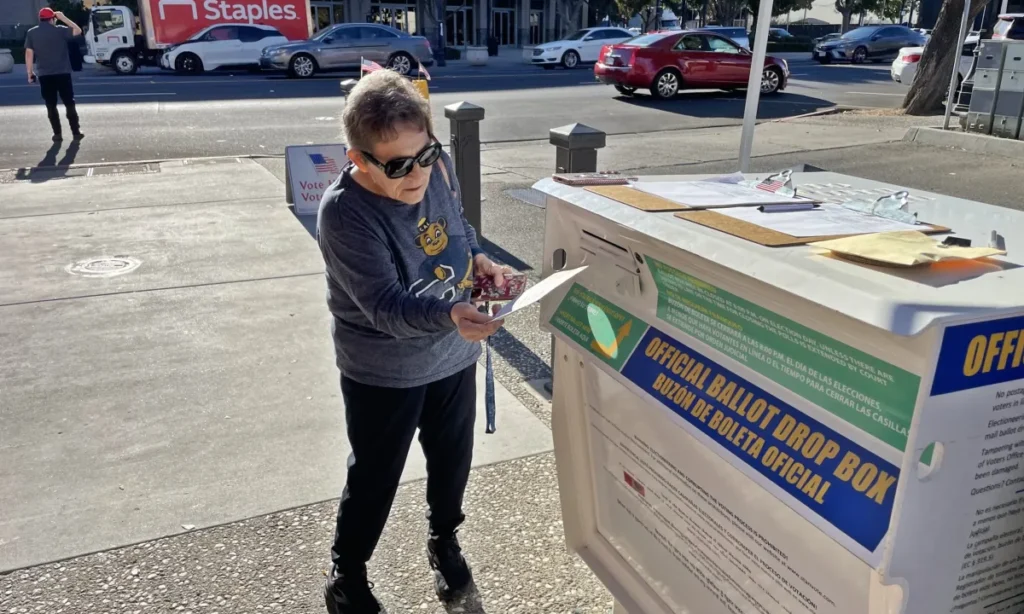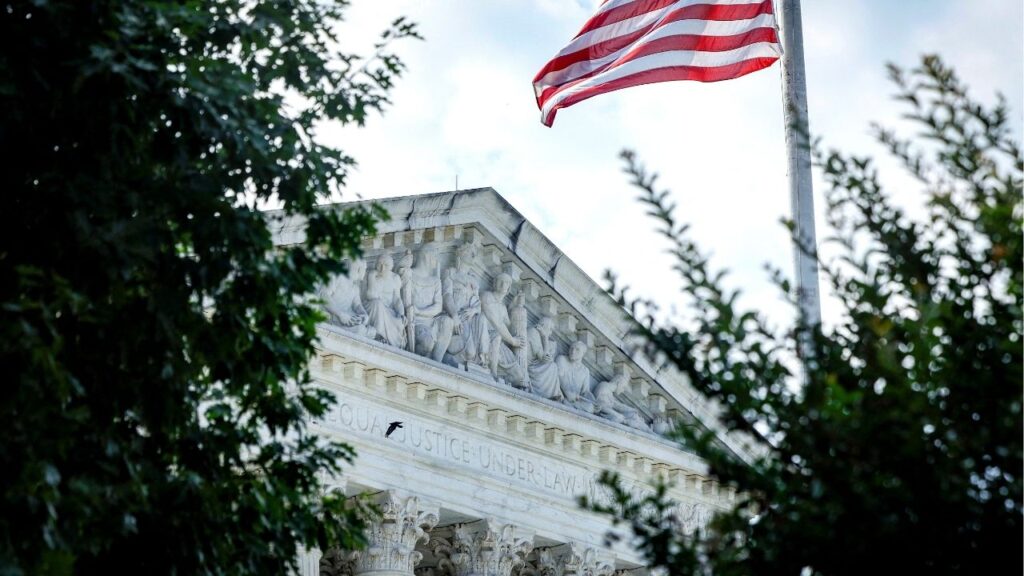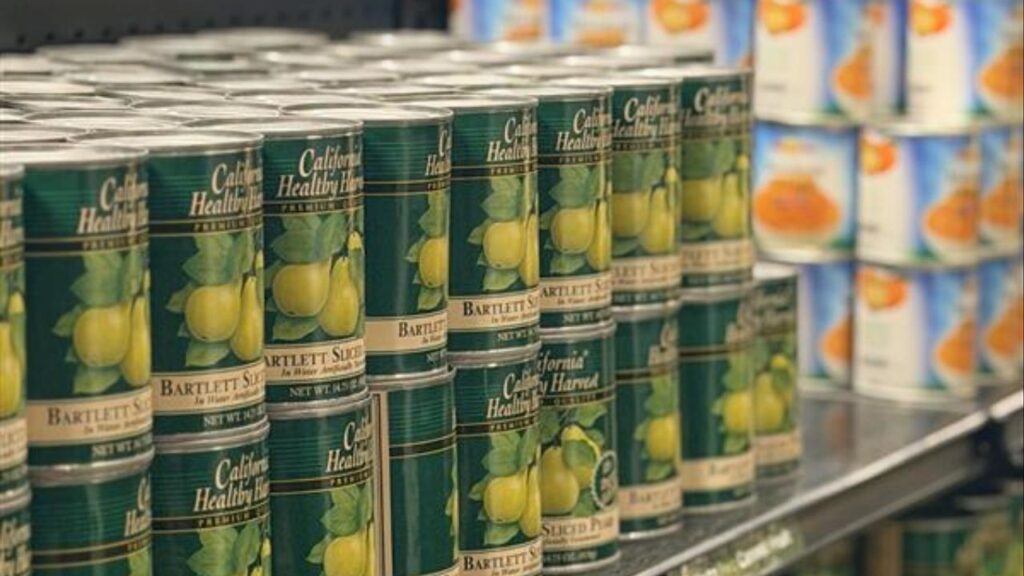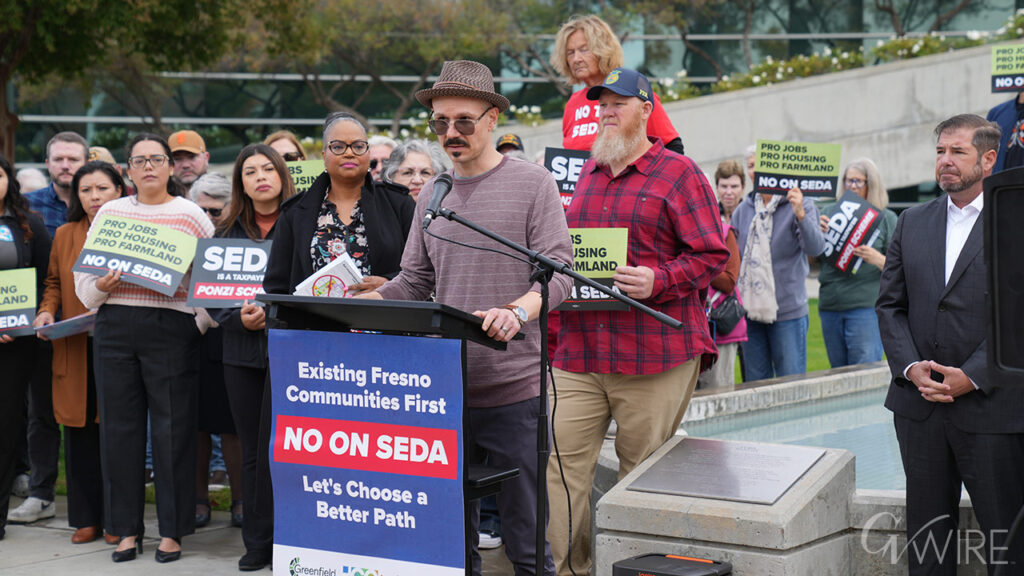Water managers in southern Tulare County must reduce groundwater pumping to eliminate further subsidence and depletion of the aquifer. (DWR/File/Kelly M. Grow)

- Groundwater managers and others in southern Tulare County scramble to comply with state mandates
- The Tule subbasin will likely see a doubling of groundwater sustainability agencies.
- Managers need to recognize that overpumping is destroying critical infrastructure, says one irrigation official.
Share
|
Getting your Trinity Audio player ready...
|
Groundwater managers and others in southern Tulare County are scrambling to comply with state mandates to try and hold off pumping sanctions.

Lisa McEwen
SJV Water
Changes in the past four months since the Tule subbasin was placed on probation by the Water Resources Control Board for lacking an adequately protective groundwater plan are in the works. But some wonder if it’s too little, too late.
One of the biggest changes in the Tule subbasin will likely be a doubling of the number of groundwater sustainability agencies (GSAs) from six to 12.
Here’s a breakdown of what SJV Water has been tracking:
Related Story: Trump Orders Putting ‘People Over Fish.’ Will He Succeed?
Out With the Old
A complete reformation of the embattled Eastern Tule GSA appears to be all but a done deal.
“ETGSA is on its way out,” said Sean Geivet, general manager of the Porterville, Saucelito and Terra Bella irrigation districts during Terra Bella’s Jan. 7 meeting.
Those districts will hold hearings in February on whether to leave Eastern Tule and form their own GSAs and write their own groundwater plans. Each district has access to surface water from the Tule River and Friant-Kern Canal and infrastructure to move it.
That would leave Eastern Tule with only “white land” farmers. White lands are outside of water district boundaries (areas left white on color-coded district maps) and are typically groundwater-dependent.
Tulare County may end up taking control of those lands, said Tulare County Supervisor Dennis Townsend, an Eastern Tule board member.
“Depending on how everything shakes out, we will determine the direction we would like to take,” he said. “We understand we will be making a decision before long. It’s fair to say we are in a state of flux all over the state with SGMA (Sustainable Groundwater Management Act).”
Townsend said county leaders have kept tabs on Eastern Tule in light of damage to the Friant-Kern Canal caused by overpumping. The collapsing land sank a portion of the canal through Eastern Tule, crimping its carrying capacity by more than 60%. A $326 million, 10-mile newly re-built section is already sinking.
Friant Water Authority, which operates the canal, sued Eastern Tule last year for not paying what Friant says the GSA promised toward fixing the canal. Both sides agreed to mediation but according to an Eastern Tule attorney, mediation is yet to occur.
“We are aware of the direction this particular GSA is taking because of the special concerns of the canal,” Townsend said. “That always kicks up a few other items that other counties haven’t had to be concerned with.”
Managing white lands has been a persistent problem for GSAs.
-
- In Madera County, white lands growers sued the county, which acts as the GSA, over proposed land fees the county had planned to use to fallow land, buy water and build recharge facilities.
- The Kings County Board of Supervisors recently assumed control of the Mid-Kings River GSA, which has large swaths of white lands, after a joint powers agreement with a local water district fell apart.
- In Kern County, white lands have been shuffled into their own group, the Kern Non-Districted Lands Authority, but haven’t filed to act as a GSA nor water district, which would have authority to assess fees that could be used to buy water and build canals.

Overpumping Still the Problem
With the potential for 12 GSAs, coordination among those agencies is crucial.
At a meeting of Tule subbasin managers and landowners on Jan. 15, Four Creeks engineer Dave De Groot demonstrated a new online “dashboard” for all water managers to use with specific tasks and deadlines “to get us over the finish line in the next 271 days we have left to get this done,” he said.
The goal is to avoid state measures under probation, which can include requiring farmers to meter and register wells at $300 each, report extraction, and pay extra fees per acre-foot pumped.
A memorandum of understanding will be drafted between all the GSAs as well as a new coordination agreement with the help of a facilitator funded by a Department of Water Resources grant.
But Eric R. Quinley, general manager of Delano-Earlimart Irrigation District GSA, remains frustrated with the subbasin’s slow progress and the impact that overpumping continues to have on his irrigation district’s infrastructure.
“We have nine months to solve what we haven’t been able to solve in 10 years,” he said. “When are the GSAs going to take any demonstrable actions to reduce pumping to reduce subsidence and lowered groundwater elevations?”
Water managers need to accept that overpumping is destroying critical infrastructure and the only way to stop the damage is to cut pumping, Quinley said.
Given the region’s history: “I don’t know the Tule subbasin is capable of delivering on that,” he said.
For its part, the state was coy on whether it was seeing progress in the Tule subbasin, though Water Board staff is meeting regularly with water managers.
“Overdraft, subsidence, and impacts to the Friant Kern Canal continue to be among those key issues,” Edward Ortiz, a Water Board spokesman, wrote in an email.
Conservation Trusts
Two local nonprofits are working to strategize land use in the Tule Subbasin.
Susan Long, executive director of the Tule Land & Water Conservation Trust, is working with Sequoia Riverlands Trust to spread awareness of the Sustainable Agricultural Lands Conservation program (SALC) by giving presentations at GSA and irrigation district meetings.
The goal of SALC is to preserve the state’s ag lands by preventing conversion to development. Landowners are paid up to 90% of the appraised value of their land, which provides an infusion of cash while permanently conserving the land.
“I am hoping we can minimize the fragmentation of the subbasin by developing some priorities for the program,” Long said at the Jan. 9 Saucelito Irrigation District meeting.
Along with developing the trust’s SALC program, Long said she is also helping the county develop its own program in light of changes anticipated in the Eastern Tule GSA.
“Not only am I trying to inform landowners of the purpose of SALC, I am also looking for those that are interested in providing input on the development of the programs’ priority areas, as well as find potential landowners interested in participating,” she said.
SALC workshops in partnership with Sequoia Riverlands Trust will be held at 2 p.m. Feb. 25 at 15 E. Thurman Ave. in Porterville, Feb. 26 at the Lower Tule River Irrigation District office at 357 E. Olive Ave. in Tipton, and March 11 at the International Agri- Center, 4500 S. Laspina Ave. in Tulare.
Contact the Tule Land & Conservation Trust or Sequoia Riverlands Trust for more details.
About the Author
SJV Water Reporter Lisa McEwen grew up in Tulare County. She has reported on agriculture and other issues for a wide variety of publications, including, Ag Alert, Visalia Times-Delta, the Fresno Bee and the Tulare and Kings counties farm bureau publications.
About SJV Water
SJV Water is an independent, nonprofit news site covering water in the San Joaquin Valley, www.sjvwater.org. Email us at sjvwater@sjvwater.org.




















